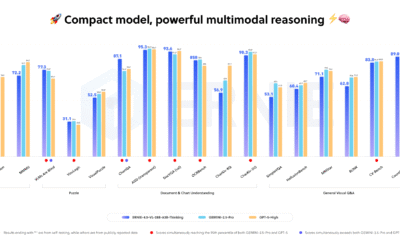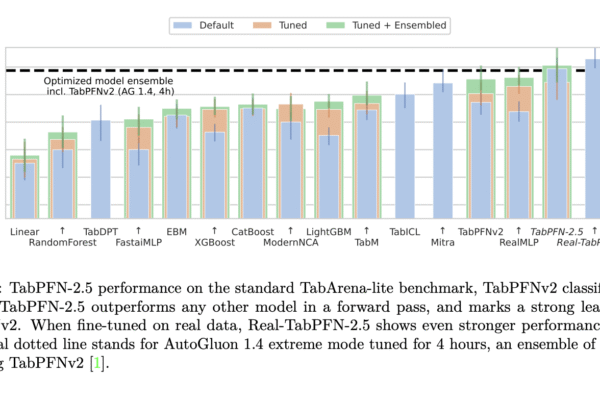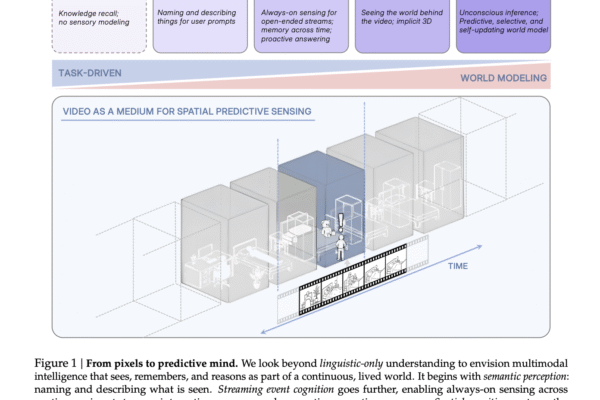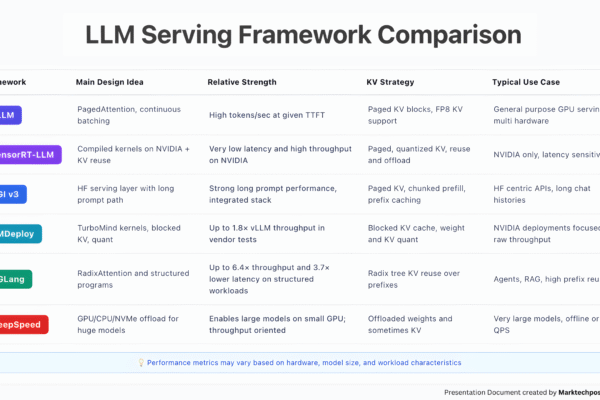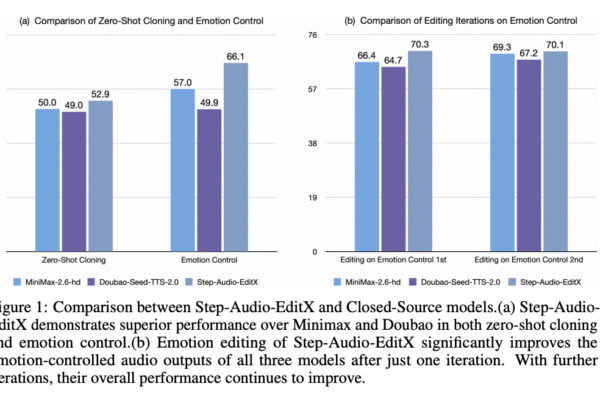
StepFun AI Releases Step-Audio-EditX: A New Open-Source 3B LLM-Grade Audio Editing Model Excelling at Expressive and Iterative Audio Editing
How can speech editing become as direct and controllable as simply rewriting a line of text? StepFun AI has open sourced Step-Audio-EditX, a 3B parameter LLM based audio model that turns expressive speech editing into a token level text like operation, instead of a waveform level signal processing task. https://arxiv.org/pdf/2511.03601 Why developers care about controllable…

